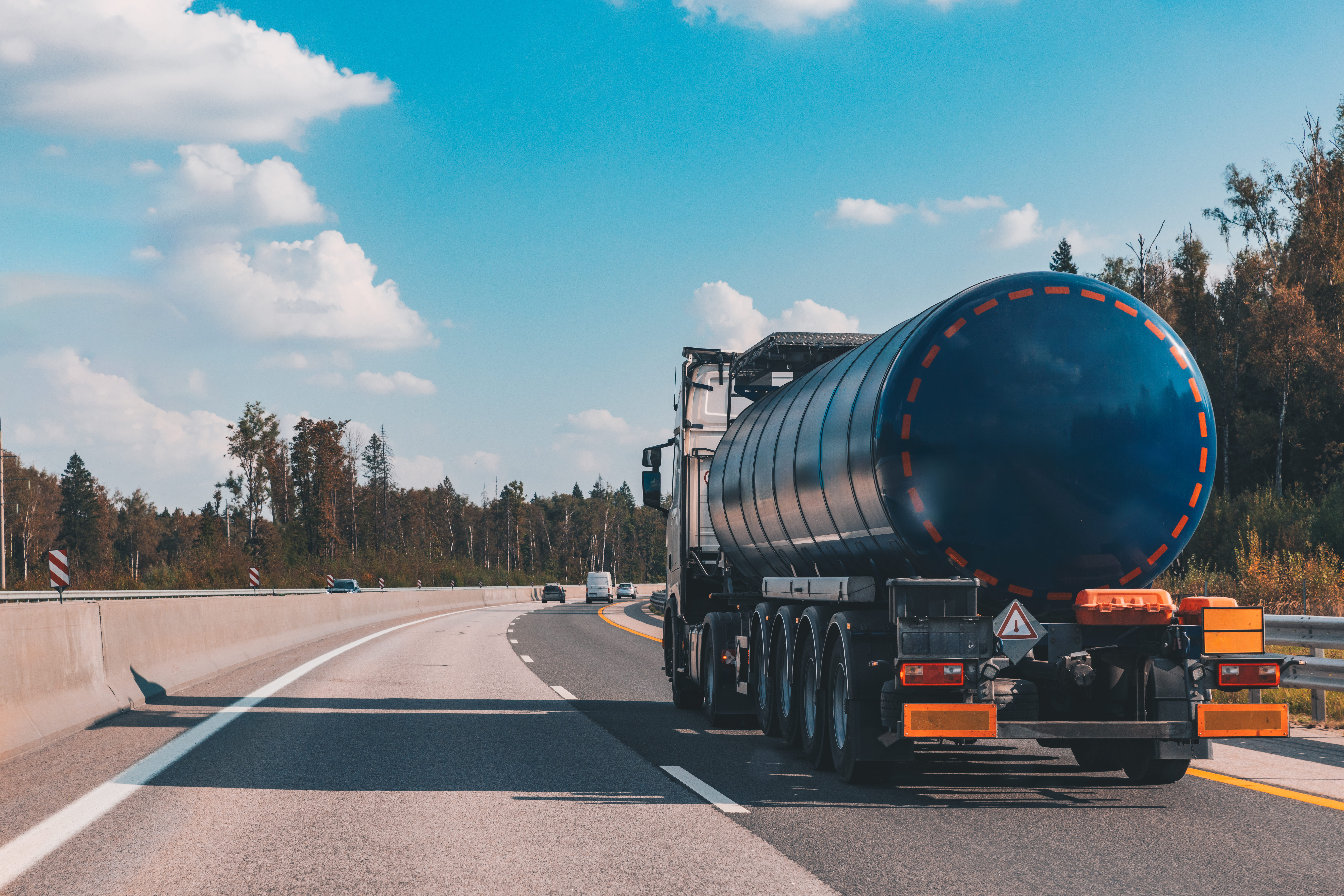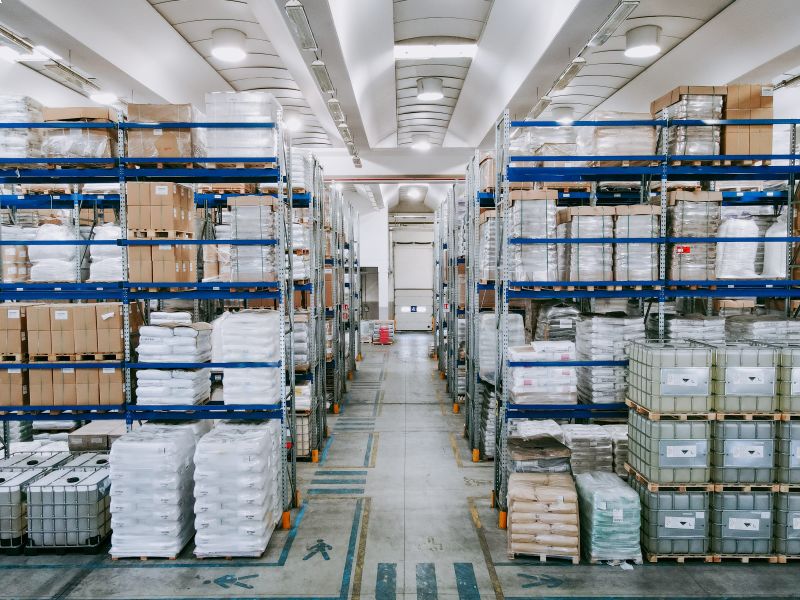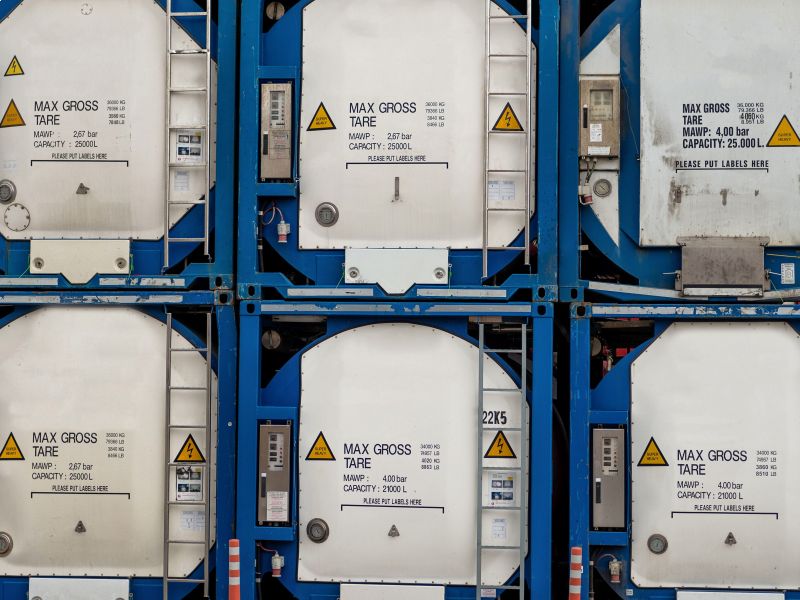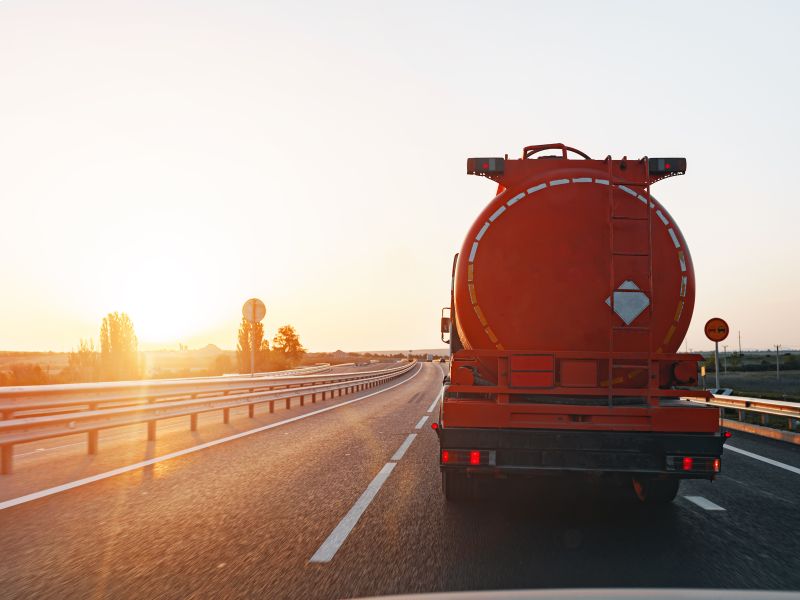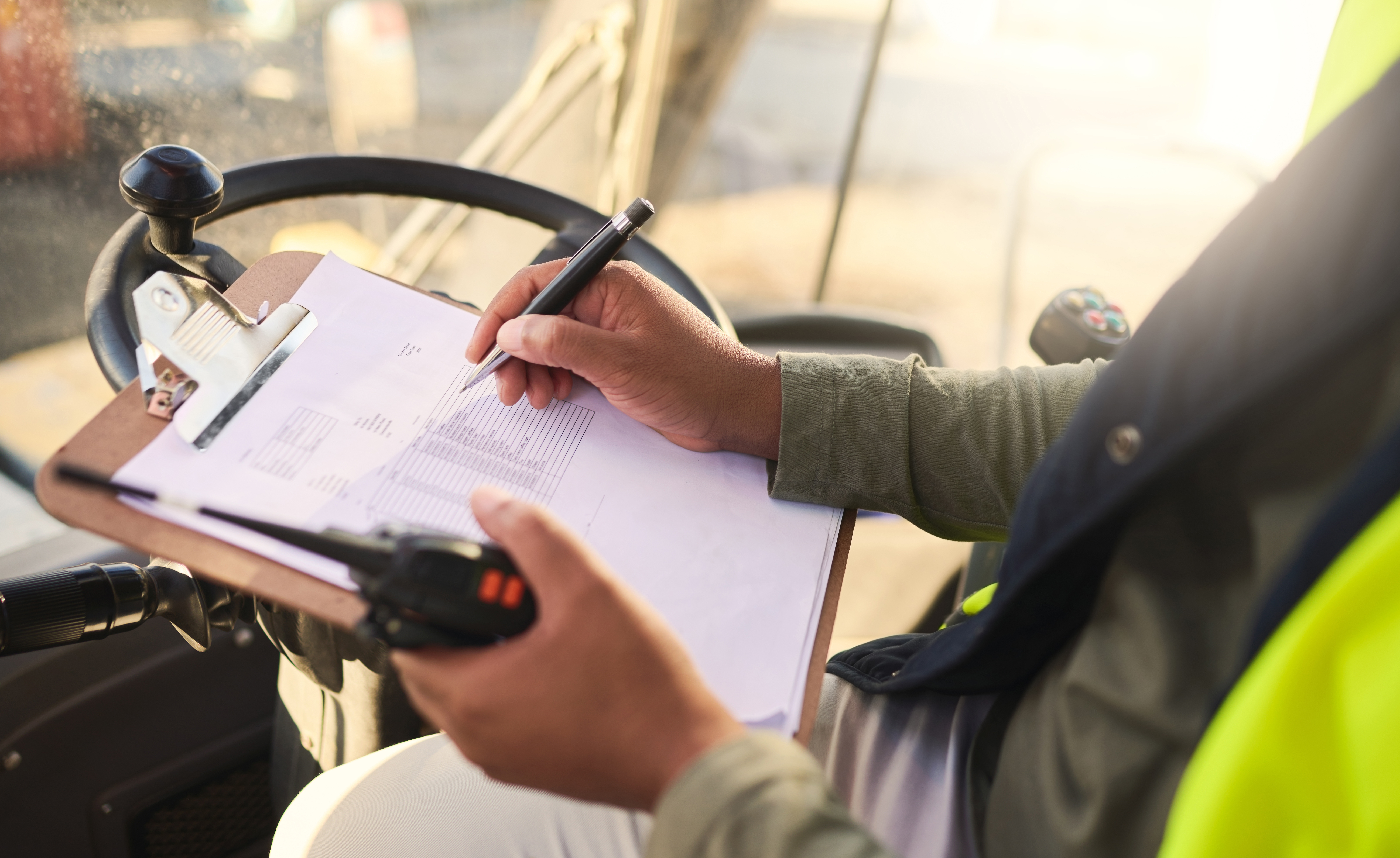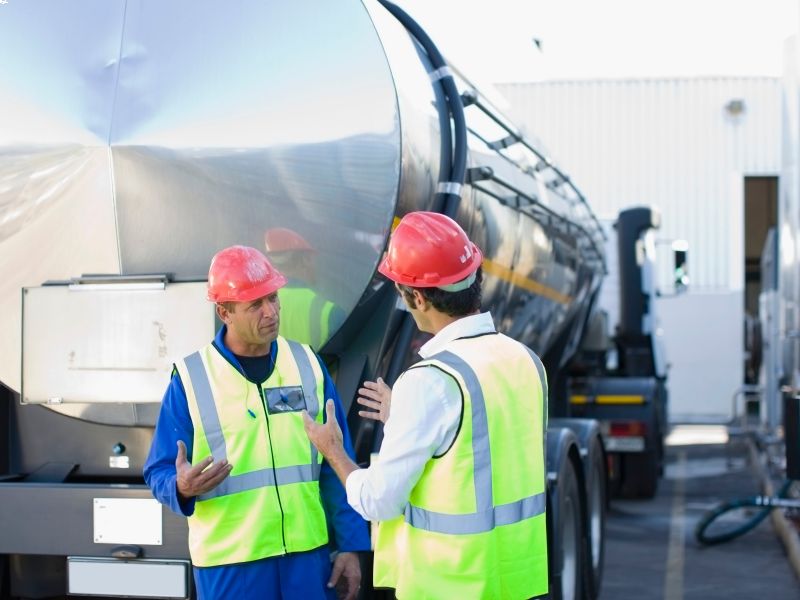SEVESO Legislation: Why was the Directive established?.
The SEVESO regulation is a European directive established to regulate the storage of goods considered dangerous, meaning goods that if not handled and stored in the correct way can generate serious risks to the environment and people's health.
The SEVESO Directive takes its name from the town of Seveso, in the region Lombardia, which was the scene of a serious accident in the 1970s that prompted the competent authorities to change the regulations in force to raise the level of safety and develop an awareness of the risk of major accidents in industry.
In this article, we take a look at how the SEVESO regulations came into being, how they arrived at the latest version in force today, and what the directive provides for.
How the SEVESO Regulation was born
The SEVESO Regulation was born, as already mentioned, from an accident that occurred in the municipality of Seveso on 10 July 1976, later named the "Seveso Disaster". The accident took place at the ICMESA (Industrie Chimiche Meridionali S.A.) company in Meda, a town bordering Seveso, where, due to a malfunction in one of the reactors inside the plant, a cloud of toxic substances was released into the air. Specifically, the substance released was TCDD (tetrachlorodibenzo-dioxin), nicknamed Seveso dioxin today, a highly toxic substance for both the environment and people.
After the reactor burst, the TCDD escaped into the air and turned into a toxic cloud that, carried by the wind, swept over the municipalities near the factory, especially Seveso, south of the plant. In the days following the accident, the first effects of the substance's toxicity and the seriousness of the situation began to be seen, both on the environment and on people, who began to report skin burns and inflammation.
In the aftermath of the Seveso Disaster, it was realised that, in order to manage such a situation, directives were needed that were not in place at the time of the accident: there were large gaps and gaps in the legislation.
Therefore, in 1982, the European Union decided to intervene with the SEVESO I Directive to ensure control and containment of risks arising from possible industrial accidents.
SEVESO III: How the latest version of the standard came about
The first version of the SEVESO Regulation issued at European level was transposed in Italy in 1988 with Presidential Decree (DPR) number 175. The basis of the directive lies in the fact that owners of warehouses and establishments where hazardous substances are present in defined quantities are obliged to take precautions, primarily control and maintenance of installations and compliance with safety standards.
Over the years, the legislation has been updated, leading to the latest version in force today, the SEVESO III Directive.
After the first Directive, it was decided to update the text into the SEVESO II Directive by changing the part concerning the classification of substances deemed hazardous, decreasing the number of substances but adding a list of their hazard levels.
Following other very dangerous accidents, such as the one in the Netherlands in 2000 at a pyrotechnics factory and the 2001 disaster at a fertiliser factory in Toulouse, which caused ammonium nitrate to be spilled into the environment, the SEVESO regulation was updated yet again, becoming SEVESO II bis. In this adaptation, new limits are introduced for companies, lowering the thresholds of toxic substances that can be held in plants.
Finally, on 13 August 2012, the SEVESO III Directive came into force, which is currently the reference legislation, transposed in Italy in 2015 with Legislative Decree number 105.
The provisions of the Directive
The purpose of the SEVESO Act is to reduce as far as possible the risks arising from the improper management of hazardous substances and to identify the actions to be taken in the event of an accident before the situation becomes critical and irreparable.
The regulations apply to establishments where dangerous mixtures are present in quantities above certain set limits: prevention of major accidents is linked to the presence of the substance not to the activities in which it is used.
The SEVESO regulations provide for:
- the census of establishments considered to be at risk with identification of hazardous substances;
- that each establishment has a prevention plan and an emergency plan, including training for the personnel in charge;
- the control and maintenance of the establishments and the equipment used;
- monitoring of the location and size of the plants together with the hazard in the event of an accident.
In addition, SEVESO plants can be lower or higher threshold, depending on the threshold quantity that can be handled.
Find out what, we at Corsini as a lower-threshold SEVESO plant based in Lodi, can offer companies that need storage of hazardous substances.
Contact us for any information about our service.
News.
STAY UP TO DATE ON HAZARDOUS GOODS AND THE CHEMICAL SECTOR
The world of hazardous goods transportation is constantly evolving, as are the regulations affecting the shipment and logistics of hazardous substances and chemicals. Stay up-to-date with our industry articles.

 Registered office: Viale Etiopia, 5 - 20146 Milano (MI)
Registered office: Viale Etiopia, 5 - 20146 Milano (MI)






